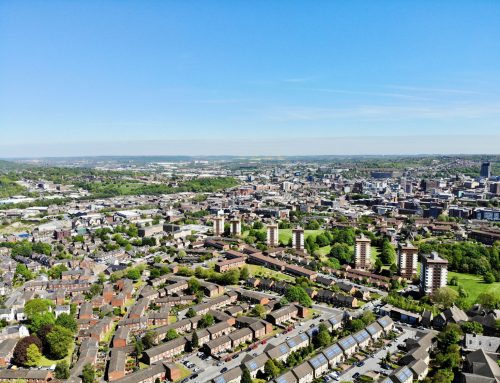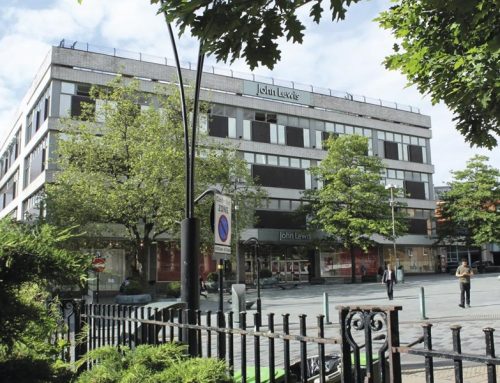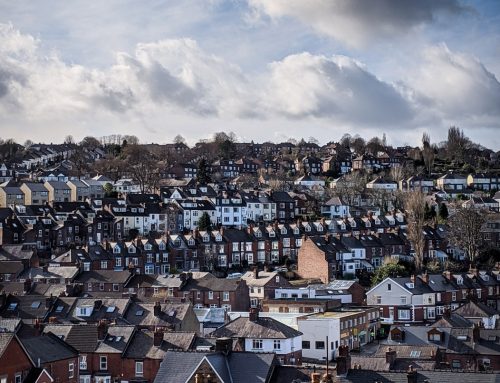The likelihood of extreme climate change
The IPCC uses four pathways of potential carbon emissions to define the range of scenarios that we might face under different rates of emissions that will arise directly and indirectly from human activity.
These Representative Concentration Pathways (RCP) are defined by the peak of radiative forcing (amount of increased solar energy that will be absorbed by the atmosphere) they will create by the year 2100. For instance, RCP2.6 is based upon an increase of 2.6w/m2. The upper scenario, RCP8.5 represents no climate policy and high population. Under this scenario, the global average temperature would increase by 4-5degC with peaks varying around the globe but approaching double this value.
The impacts of such a scenario are catastrophic. They can be split into two categories. The direct impacts upon sea level rise, frequency and intensity of severe weather events and increases in average and peak temperatures and a second category, driven by the uncertainty in our understanding of earth systems whereby feedback loops across natural and man-made systems might increase the impact of carbon emissions. Examples of these include the release of methane from under melting permafrost, reducing surface albedo as the area of ice reduces, the ability of trees to absorb CO2 and the accelerating degradation of our infrastructure.
Although emissions plateaued in 2014-2016, they have begun to rise again. If we do not take urgent action we are setting ourselves on the RCP 6 or RCP8.5 pathways.
Historically, it is the climate change projections produced by oil companies that have proven to be most accurate. In 1982, Exxon predicted that in 2019 CO2 levels would be 420ppm and average temperature rise of 1 degree. Over the last decade, BP’s Energy Outlook has closely tracked reality. The format of this document has changed, but buried within the 2019 document are scenarios of emissions that closely reflect RCP8.5
Our reliance upon cities and infrastructure
In this context we now come to the question of the key issues that will influence whether civilisation can continue in this increasingly likely scenario. It can be suggested that this survival is reliant upon two constructs. Our global ability to grow and distribute food, and the local manner in which our cities are able to provide a home and community to an increasing majority of humanity. This article will consider the latter of these two constructs.
Civilisation provides the physiological foundation of Maslow’s hierarchy of needs through our infrastructure and cities. These Critical Infrastructure Systems and Cities (CISC) are essential supporting instruments of society. Mesopotamian cities provided the foundation of modern society over 9000 years ago and many of our roads and cities began their evolution over a thousand years ago. Today CISC are intergenerational, some Victorian infrastructure is still viable and essential today.
Risk is defined as the possibility of a hazard multiplied by the consequences of the hazard. It is clear that under conditions of extreme climate change, the compromise of CISC is a significant and growing risk. Engineers have a moral obligation to society to support the public good by managing risk and reducing uncertainty. This can never be overridden by the objectives of individuals or organisations. It is therefore the clear responsibility of civil engineers to ensure CISC are resilient to future extreme climate change (ECC) scenarios.
Historic and contemporary engineering takes a probabilistic approach to the issue. As stated, there are a range of climate change scenarios and a significant degree of uncertainty as to what the world will be like at the end of this century. However the consequences of these scenarios vary widely.
This probabilistic approach was necessary because of the significant degree of uncertainty in both the scenarios and their impact upon the CISC that civilization relies upon. However, these uncertainties are reducing much more rapidly than the prevailing regulations, standards, guidelines and best practice that shape how we design, develop and maintain our critical infrastructures and cities.
There is a need to radically change the approach to planning and design in order to ensure society is not compromised by ECC. In doing this, we identify two current approaches which are flawed: [1] Processes that divide the issues between planning and design of cities, and infrastructure, run the risk of creating counterproductive or suboptimal solutions. These need to be considered as one system; [2] These new processes need to be considered in whole life terms as operational carbon reduces, increasing need to ensure EE/EC is addressed.
It is time to change this approach. We need policies, processes and tools that ensure decisions made on planning and implementation move effectively in the direction of CISC resilience to ECC
We argue therefore that an engineer is not meeting their obligations if they fail to create solutions that respond to the extreme scenario. If we as engineers do not do this, our standing in society will degrade over time. This will be initially gradual, but eventually precipitous, much like the consequences of climate change itself.
Authors:
Hadi Arbabi, Post-Doctoral Research Associate in Urban Digital Characterisation at The University of Sheffield
Martin Mayfield, Director, Sheffield Urban Flows Observatory






